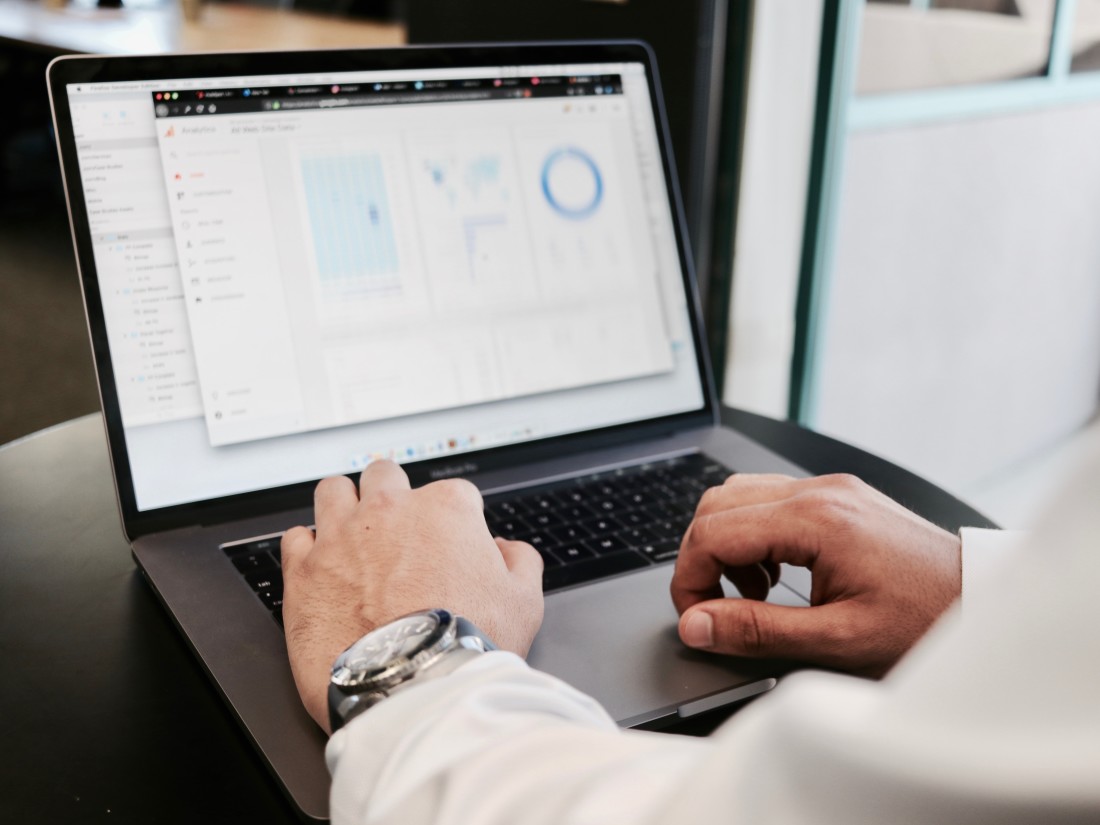
Creating an Employee Engagement AND Happiness Strategy
In an ideal world, you would get 100% feedback on every survey you send out. But this is very unlikely. People are always going to be off ill, on leave, or forget to fill out the survey before the deadline.
This then begs the question - how much data do I need before my survey will give me accurate information about my organisation?
It’s a question we’re often asked by customers and prospects alike. The final number will depend hugely on the organisation and what you’re hoping to achieve.
As a rough estimate, we find it useful to think about aiming for a representative sample. As a ballpark figure, this sits at about 70% of your people responding, so that's really the minimum customers should be aiming for. Any lower than this, and we cannot be as confident that the results are a true indication of how your people are thinking, feeling and behaving. It is important to remember that you need a representative sample at an organisational and group level. So for example, if you get 70% feedback at an organisation level, but no feedback from your finance team, accuracy may be a problem. Or if you have a 70% feedback rate overall but only 2 people in your Paris office replied, your results aren't going to be applicable there.
Action taken off the back of surveys with a low response rate may be less impactful. As we can't be as confident that the changes we are making will be relevant to the whole group. (Of course, low response rates are themselves a red flag, this article can help you to improve your response rates.)
A pilot can be super helpful in some instances. But, it’s important to note that you should avoid using feedback obtained from this approach to make big changes at an organisation-wide level. We recommend getting as much feedback and data as possible for company-wide decisions. Although, we realise it isn’t a one-size-fits-all approach.
There are a number of situations where you might want to start with a smaller amount of data. For example, you may want to gauge sentiment about a particular topic, but it isn't the right time to launch it to everyone. You may not have time to create a full action plan and not want to erode trust but still want to gain a deeper understanding of where your people are at with a certain topic. You may want to test how best to communicate with your people, particularly if you have never delivered a listening programme before or it has been a long time since you last sent out a survey. Lastly, if you have reached a desperate situation, for example with a poorly managed merger or leadership change and you’ve lost the trust of your people and you need a small amount of data to get you started.
Often HR teams just want to make sure their plan of action is effective, the message lands, everything is functional and is operationally feasible. This kind of dry run ensures that the programme runs smoothly, and no trust is lost. We find customers sometimes feel they may benefit from this approach, for example if they’ve not rolled out a survey in a long time. In these situations, a test like this can build confidence within the HR team.
For some of our pre-built employee surveys, particularly those that pertain to employee life cycles, it can be helpful to test the operational approach. This is because when using onboarding or exit surveys, for example, not only the HR teams but also management processes will be involved. Where there are already tools and processes in place, it can be helpful to test the approach. Our customers have found a pilot programme helps HR teams to understand the commitment needed at their end, plan a framework for following up with feedback and confirm full processes.
We believe our neuroscience model isn’t brain surgery, but it is a bit different to the psychology usually used. For this reason, some of our customers found it helpful to pilot our Cultural Assessment survey with a smaller group. This allowed them to test the neuroscience messaging with their people. But more importantly, it helped their HR teams get a more practical understanding of the model. They found they could more effectively transition to our methodology.
The reason our engagement platform can work well for small as well as large groups is the flexibility and agility of our platform. For example, you might spot an area you want to dive into (eg. Safety). This might be particularly an issue within very specific business areas (eg. a particular unit on the factory floor, a specific shop, or a couple of pub or restaurant locations). In this situation it may be more effective to pilot our deeper dive survey where, decide on actions that can be deployed locally. This can be a better use of resources than a blanket response.
Don’t forget the area you want to look at might not be your worst performing area. You might find that one team is performing particularly well in relationships, and might want to look at what is working well. Then best practises can be gathered, and learnings can be applied to other teams.

Linked to Engagement in our neuroscience methodology... learn more
The Happiness Index helps organisations measure the key employee engagement AND happiness drivers to power their people strategy.
Our unique platform offers the products, insights and tools to shine a light on your cultural health and empower management to drive thriving cultures.
Our neuroscience-based pre-built surveys measure the full employee experience - from onboarding to exit to empower and enable organisations to understand their people and create data-led action plans.
